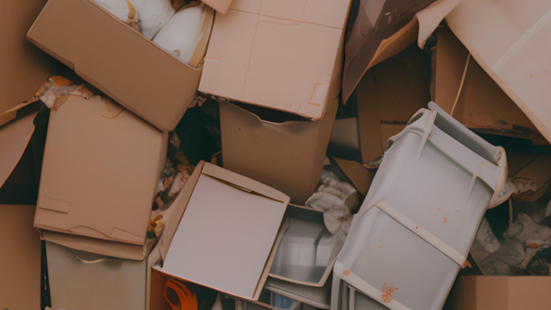Sandra Wärenhed | 2023-07-07
As the world continues to face environmental challenges, businesses are becoming more aware of their impact on the environment and looking for ways to reduce their waste. One solution that businesses can consider is turning their waste into profit.
One way to do so is by investing in cardboard baling. Cardboard is one of the most used packaging materials, and companies generate a significant amount of cardboard waste. By compressing and baling your cardboard waste, you can reduce the frequency of waste disposal, which can save you money on hauling fees.
Another waste stream that businesses can turn into profit is plastic films. Most businesses use plastic films for packaging, and this waste can be recycled into other products such as plastic bags, wrapping, and more. Recycling plastic films can help reduce the amount of waste that ends up in landfills and generate additional revenue for your business.
By separating out secondary commodities like scrap metal, plastic pellets, and paper pulp, businesses can create an additional revenue stream. These materials can be reused in other manufacturing processes, and recycling them helps reduce the amount of waste going to landfills.
Reducing the number of hauls needed to dispose of waste can also save businesses money. Investing in a compactor or baler to compress your waste can reduce the number of trips your hauler needs to make, and ultimately save you money on hauling fees.
In conclusion, turning waste into profit is a great way for businesses to manage their waste and generate additional revenue. By investing in cardboard baling, recycling plastic films and secondary commodities, reducing the number of hauls, and not rebating your waste, businesses can reduce landfill waste, save money on waste disposal costs, and create additional revenue streams. With increasing awareness of environmental issues, it’s time for businesses to take action and turn their waste into profit.

